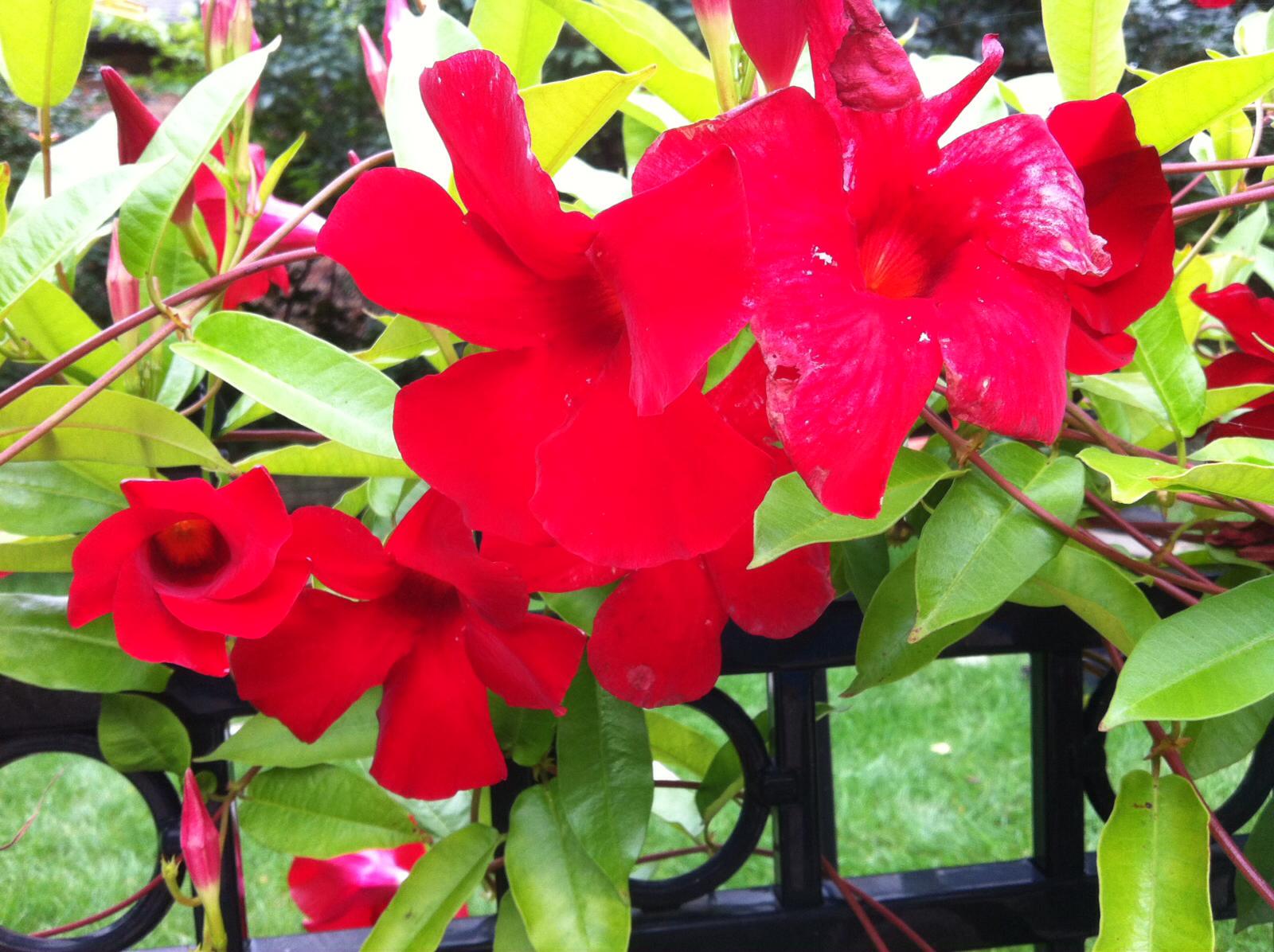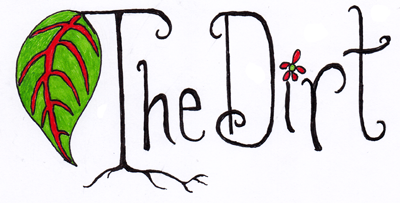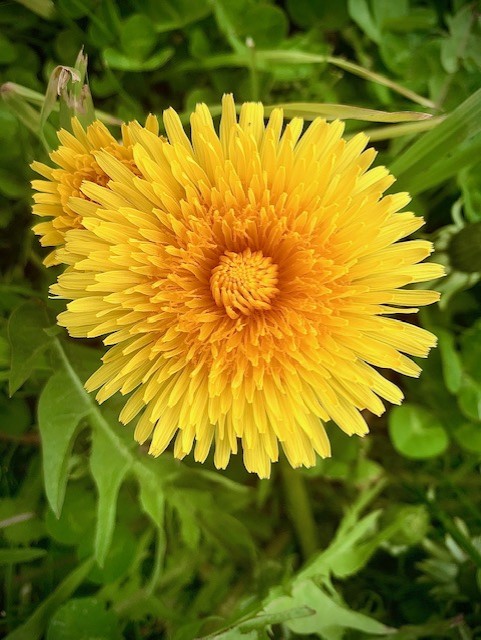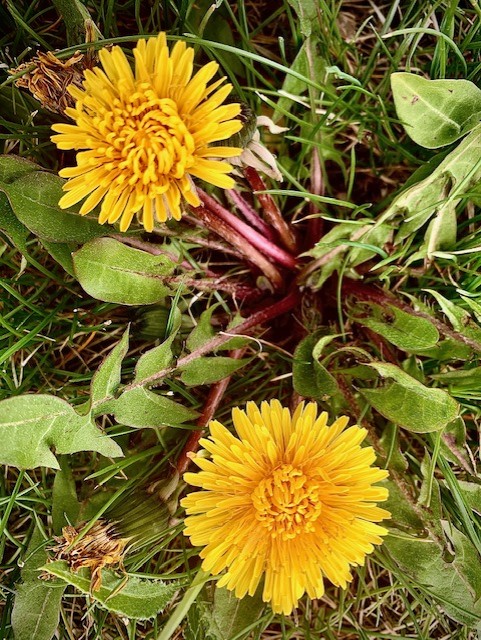

Posted by Erin Autio on Friday, May 7th, 2021 10:58 am

You may think as a gardener I would cringe at the sight of dandelions, but I actually have quite the opposite reaction. I have always loved the sight of fields and lawns turning yellow this time of year. It’s like a big boost of sunshine when I have been missing it for so long! Also, yellow has been my favourite colour since I could see and recognize colour. No lie, I had a yellow baby blanket that I carried around most of my childhood, until it was so worn and stained that my mom got rid of it while I was at school one day (I’m not going to mention what grade). Talk about heartbreak..
Anyway, dandelions…
If you were to ask anyone to name a few ‘weeds’ I’m pretty certain dandelions would be one of the first mentioned. And this would probably be true across a good portion of the globe. Originating in Europe and parts of Asia about 30 million years ago, this wildflower has spread to many parts of the world.
The name dandelion comes from the French “dent-de-lion” which means Lion’s tooth, because of the jagged shape of the leaf. They are also known by more than a dozen other names around the world including blowball, milk witch, Irish daisy and another French name ‘pissenlit’ (yep, that’s piss-a-bed in English) because the roots have a diuretic effect when ingested.
All parts of the dandelion are edible. In fact this ‘weed’ has been used by humans for medicinal purposes and for food for over 1000 years (see Wikipedia). Civilizations in ancient Egypt, Rome, Greece and China were all familiar with the value of this common plant.
Food and medicine aside, dandelions should be appreciated as they are one of the most important early spring flowers for many pollinator species returning to our northern climate. The dandelion’s taproot also dives deep and brings nutrients up to the surface which helps the shallow rooting plants around them. The yellow flowers can be made into a dye and if you search up the topic of dandelion latex (the milky sap you see when you break the stem) there are some fascinating studies being done in an effort to produce a rubber from dandelions.
So with all these benefits and uses, where has the bad reputation come from? As weeds go, the dandelion isn’t even that invasive. I won’t out-compete the natives in our woodlots or roadsides. You can dig out the whole root and it will be gone, unlike some thistles or bindweed whose roots can run kilometres deep. Why the hating?
Does it go deeper? Is it our fear of losing ‘control’? We want a perfectly manicured lawn, we want a weed free garden. We want to believe we can be master of the world around us. Maybe it scares people to admit we can’t be. Myself, I find comfort in this knowledge. I have dandelions tattooed on my arm to remind me that even in the worst of conditions, nature will find a way to bring beauty into our lives, no matter how badly we treat her sometimes, we just have to be able to recognize it.
So take another look at those bright yellow blooms out there and try to see them in a different light. Maybe it isn’t the thing that drives us crazy, but our opinion about it.
